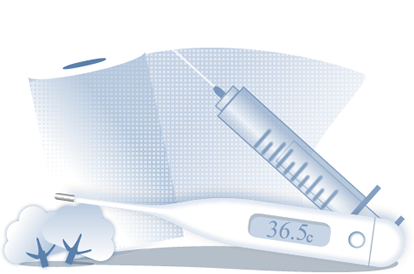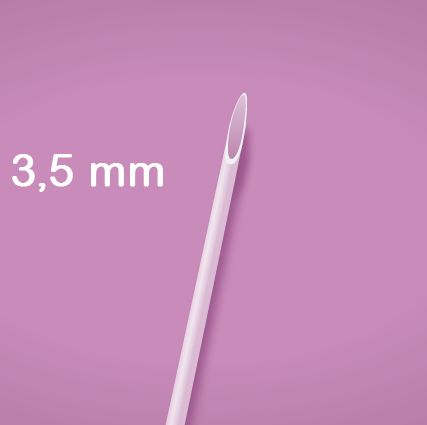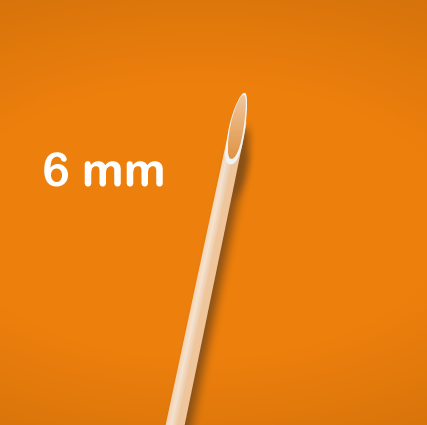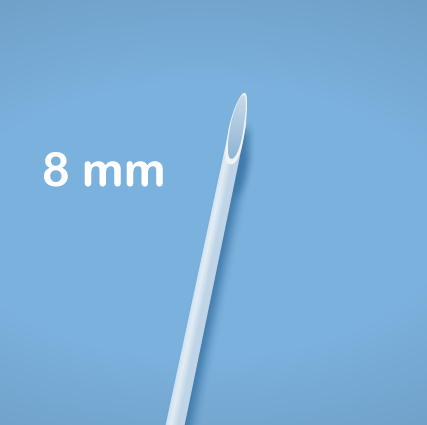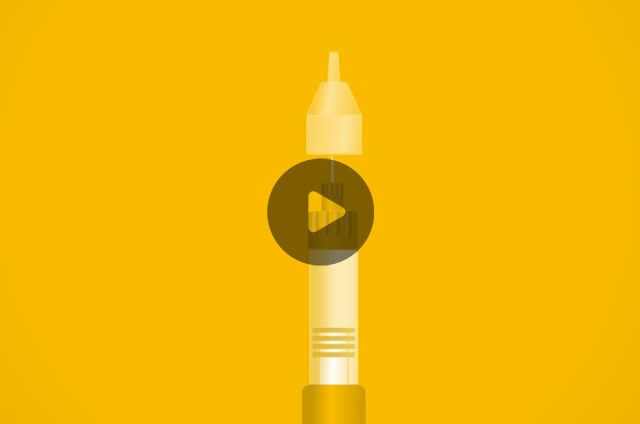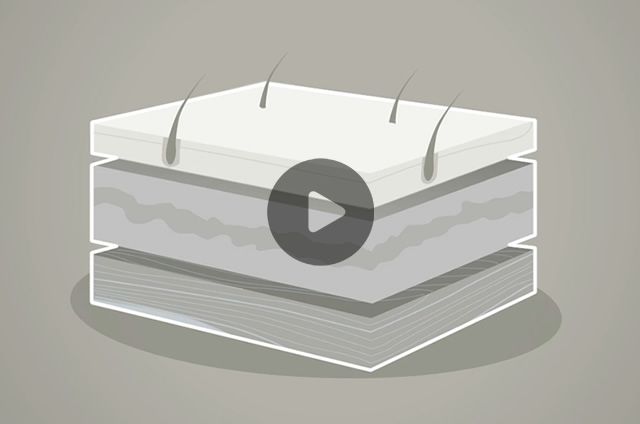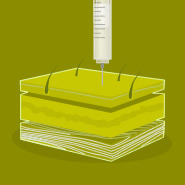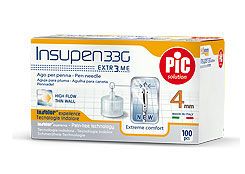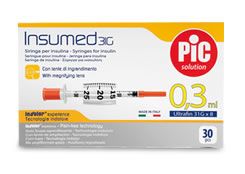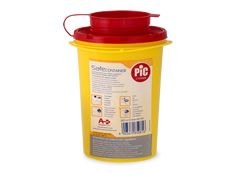
The ABC of subcutaneous injections
If your diabetes care doesn't include oral treatment, then you've got a regular date with subcutaneous injections. It's a procedure that allows you to absorb the drug on a constant basis. Here are the 5 basic steps to doing a subcutaneous injection for you to follow so you don't make any mistakes.
What are the first 3 things you must always have at hand before doing a subcutaneous injection? You'll need a swab to disinfect the area where you'll be administering the medication, and either a rechargeable pen or pen-needle filled with insulin (or other drugs), which sometimes already comes pre-dosed, or a traditional insulin syringe.
It all starts with the choice of needle
There are 3 types of needle for subcutaneous injection which vary by length; the most common sizes are 3,5, 6 and 8 millimeters. What's important to know is that you'll need to use the right technique for doing the injection based on the length of the needle that the diabetes specialist will have prescribed for your therapy plan.
How to do a subcutaneous injection with a 3,5 mm needle
Do you need a 3,5 mm needle for your subcutaneous injection? That's the easiest option: all you need to do is position it perpendicular to the site where you're administering the insulin.
How to do a subcutaneous injection with a 6 mm needle
To do a subcutaneous injection with a 6 mm needle, you'll need to position it at an angle of 45 degrees to the injection site.
How to do a subcutaneous injection with an 8 mm needle
If you're using an 8 mm needle or bigger, you'll need to follow the 'pinch' technique, where you pinch the skin at the injection site with 2 fingers and insert the needle perpendicular to it.
The 4 different areas of the body to do your subcutaneous injection
One suggestion? To avoid the formation of dents in the skin or other complications, alternate where you do the subcutaneous injection. Rotate between your arms, abdomen, thighs and buttocks, and also rotate the site within these areas. Never choose exactly the same spot; do it at least 1 cm away from the previous site.

